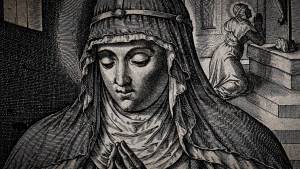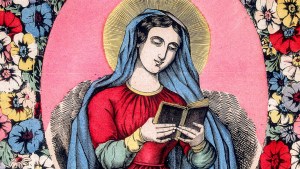In 1999, John Paul II named several saints as co-patrons of Europe. Among them was St. Bridget of Sweden, a popular saint in the Catholic Church for the “15 Prayers of St. Bridget” that are frequently attributed to her.
John Paul II wrote in his apostolic letter that “St. Bridget brings us to the extreme north of Europe, where the Continent in some way stretches out to unity with the other parts of the world; from there she departed to make Rome her destination.”
He further commented on her life of holiness, explaining that the Church recognized her faithfulness to Christ, while not pronouncing any judgment regarding her private revelations.
Yet there is no doubt that the Church, which recognized Bridget’s holiness without ever pronouncing on her individual revelations, has accepted the overall authenticity of her interior experience. She stands as an important witness to the place reserved in the Church for a charism lived in complete docility to the Spirit of God and in full accord with the demands of ecclesial communion.
Furthermore, St. John Paul II explained why he chose her as a co-patron of Europe.
In a special way, too, because the Scandinavian countries from which Bridget came were separated from full communion with the See of Rome during the tragic events of the 16th century, the figure of this Swedish saint remains a precious ecumenical “bridge,” strengthened by the ecumenical commitment of her Order.
St. Bridget remains a powerful intercessor for all of Europe, but in particular those countries in the North.



